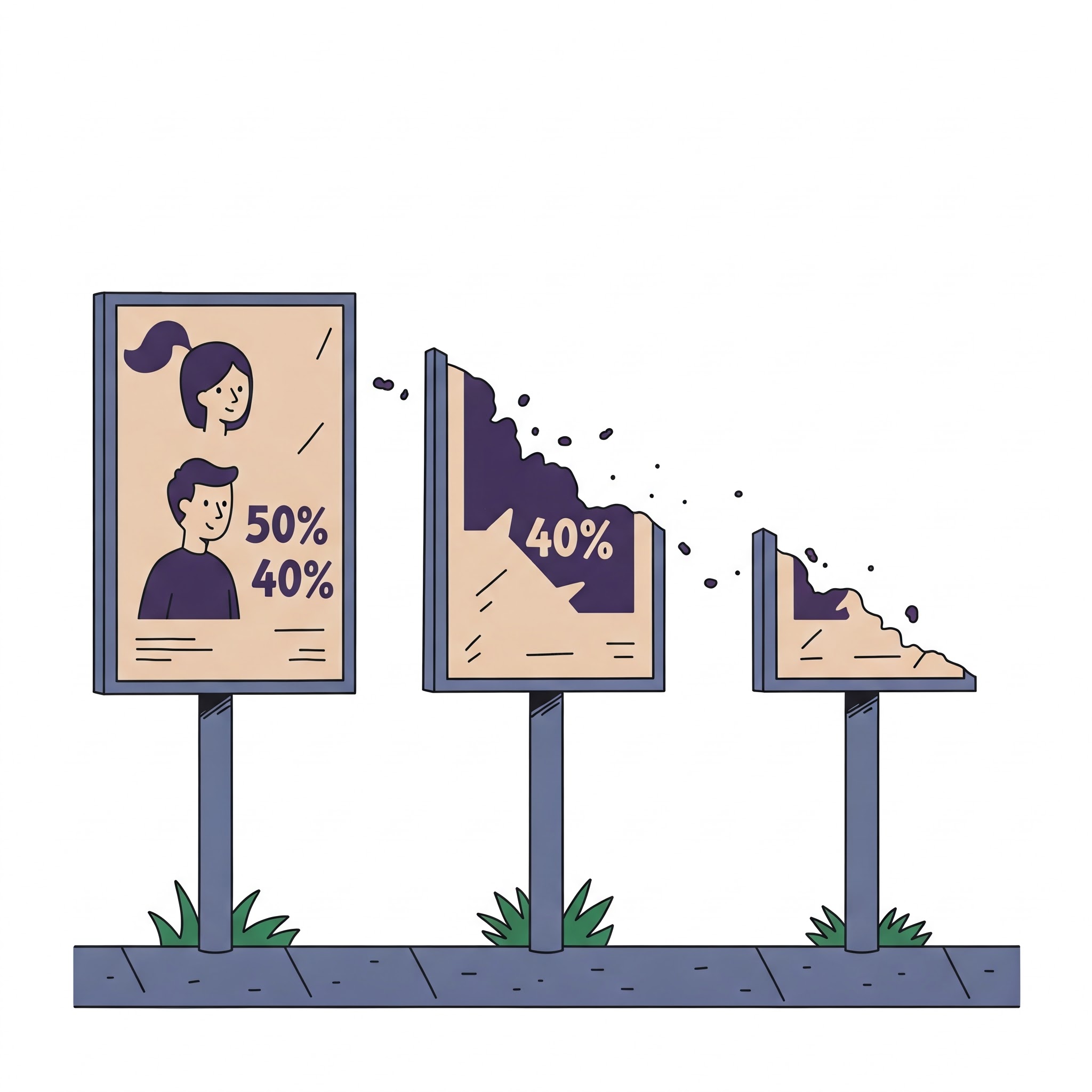Anyone who has ever been in a meeting discussing a Marketing Mix Model (MMM) will invariably have had to listen to the word "Adstock". It's one of those terms that analysts love to chuck into the conversation as though it's some kind of secret new discovery that explains how all advertising works.
The reality is that it's an incredibly simple concept - Adstock is simply a device that we use in MMM to represent how the impact of our advertising can dissapate over time. The further the consumer gets in time from the message (or impact) the less the effect is estimated to be.
It's called Adstock because we like to think that advertising is building a "stock" of impact up and then that stock decays. It's a great model to use because to be blunt, data in the real world almost always follows this decaying pattern.
When an analyst builds an MMM, they will most likely use the Adstock model to estimate the impact of advertising over time (other models are available such as distributed lags or polonomial distributed lags (PDLs) but these are often less useful and harder to fit).
To estimate the Adstock series, the analyst will take your data (typically weekly impacts of GRPs) and will apply an Adstock or Decay rate to the series - the theory is that some media will have a longer impact on our memory structures than other ads - simply because sometimes we pay more attention (think an epic ad in the Cinema vs. that banner you just scrolled past on Facebook). Epic ads (high Adstock rate) are likely to have higher Adstock rates whilst "wallpaper" ads are quickly forgotten (little or no adstock rate). These rates transform into business impact - and so longer-term impacts are felt when Adstock rates are highest.
I've put together this little tool below so you can get a feeling for how the Adstock rate might impact consumer behaviour and what difference these adstock rates can make. To use it, you can enter a simple media laydown in the 8 boxes at the top of the widget then adjust the slider to simulate high and low adstock rates. The blue bars show the advertising investment and the red line the implied adstock series (based on the Adstock rate you select).
Adstocks Explained
Weekly Media Laydown (8 Weeks)
Determines the carry-over effect (0% = no carry-over, 100% = full carry-over).
Laydown vs. Adstock Visualisation
Want to know what you can do with this info - feel free to reach out below and start to get more value from your MMM work.

Comments